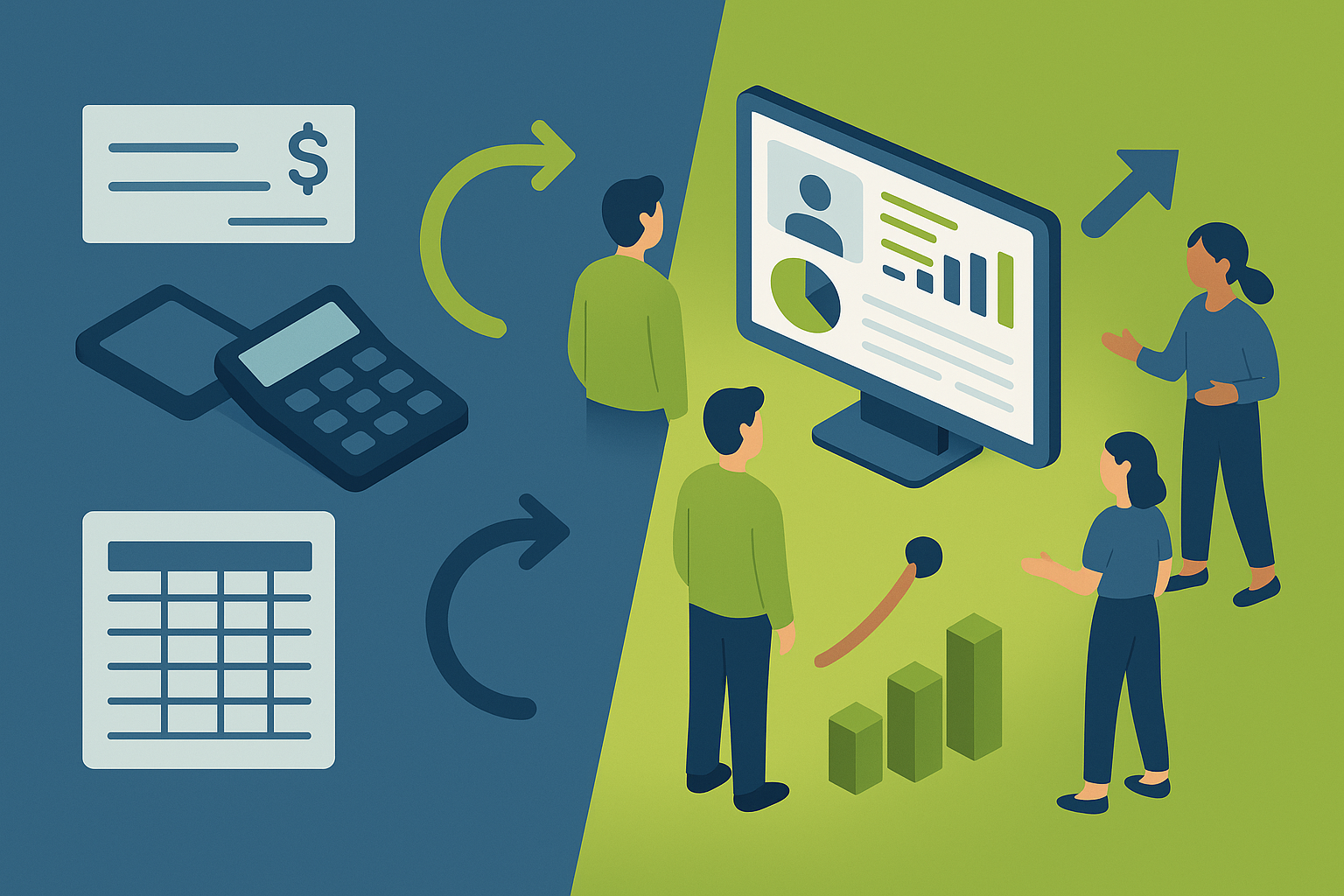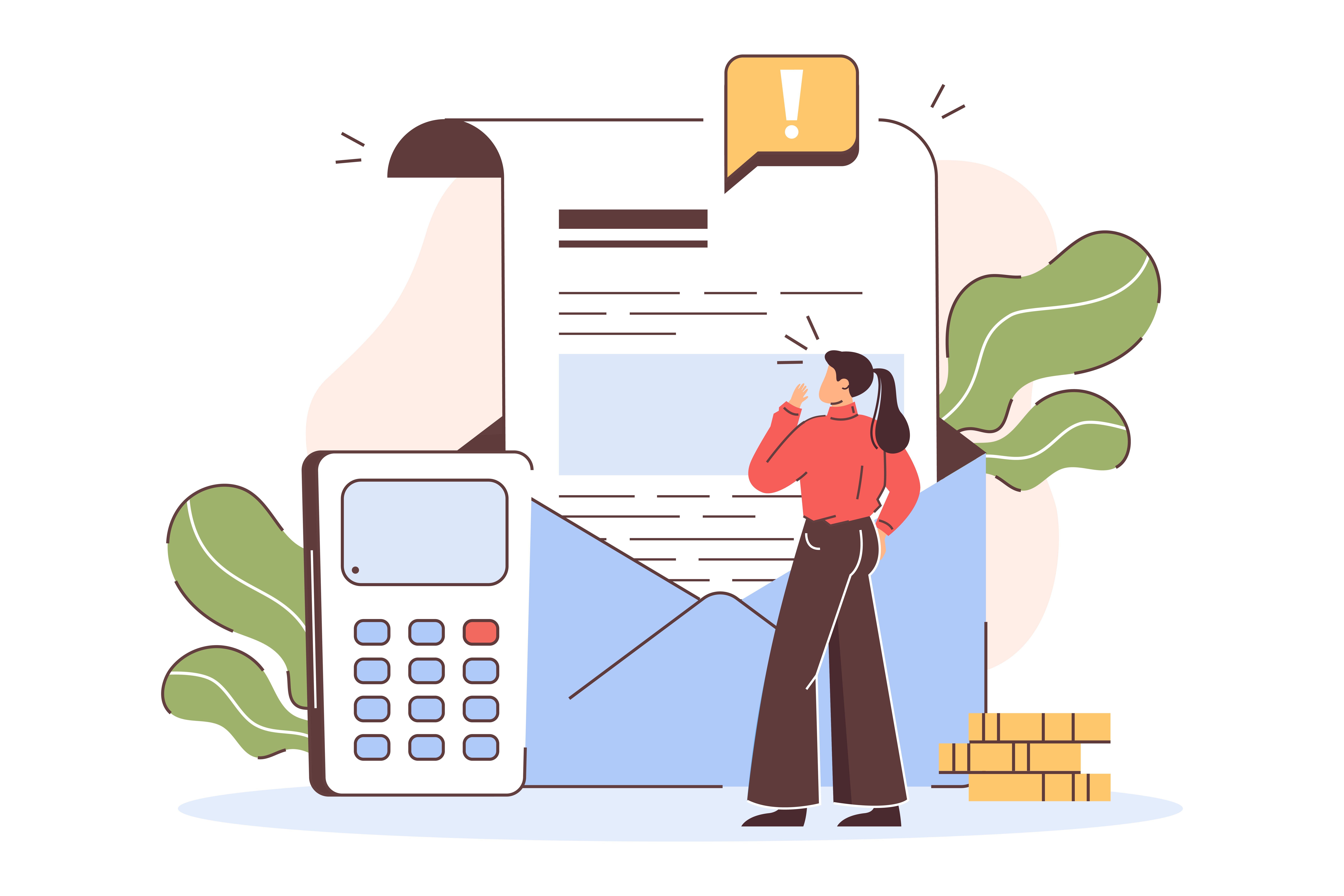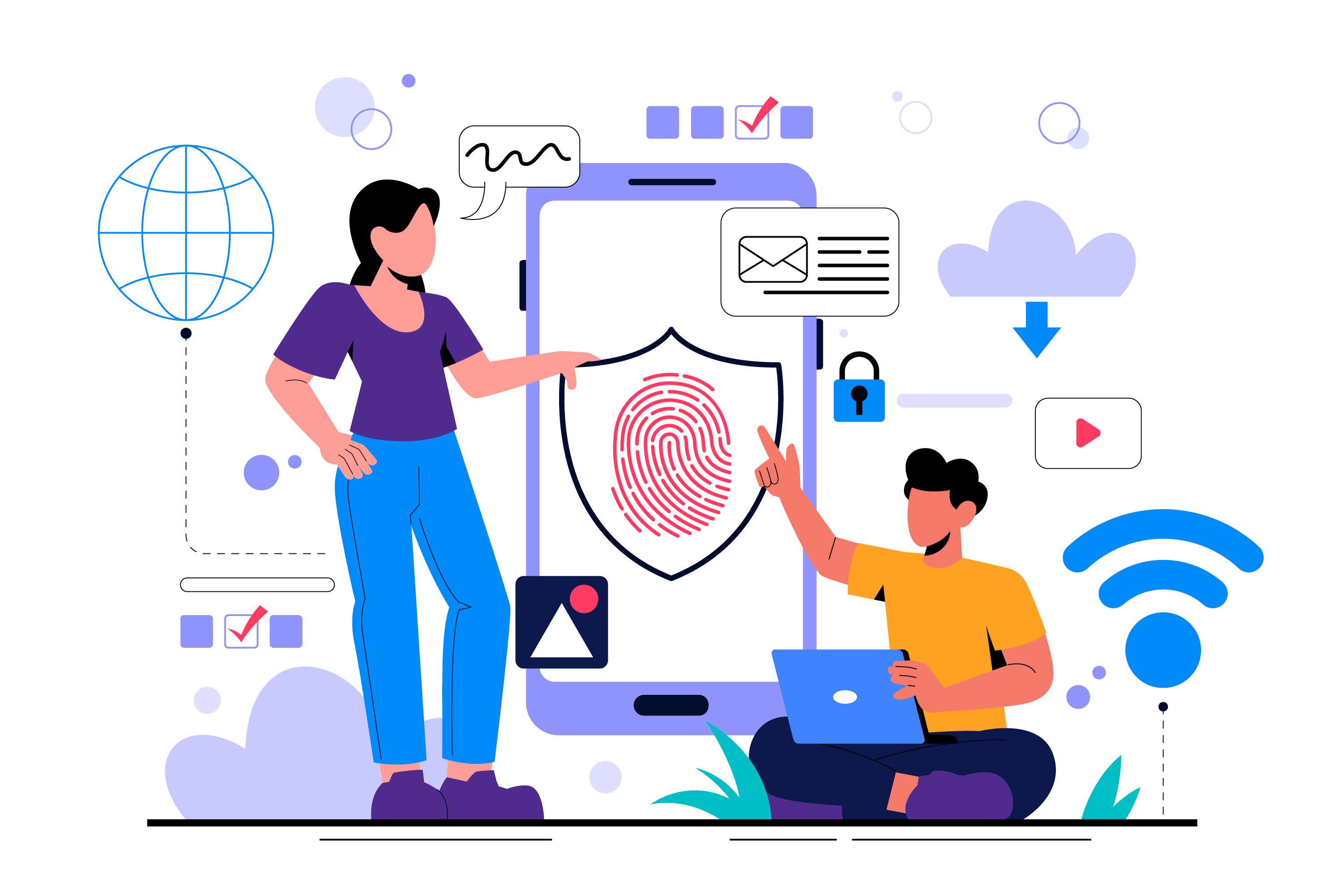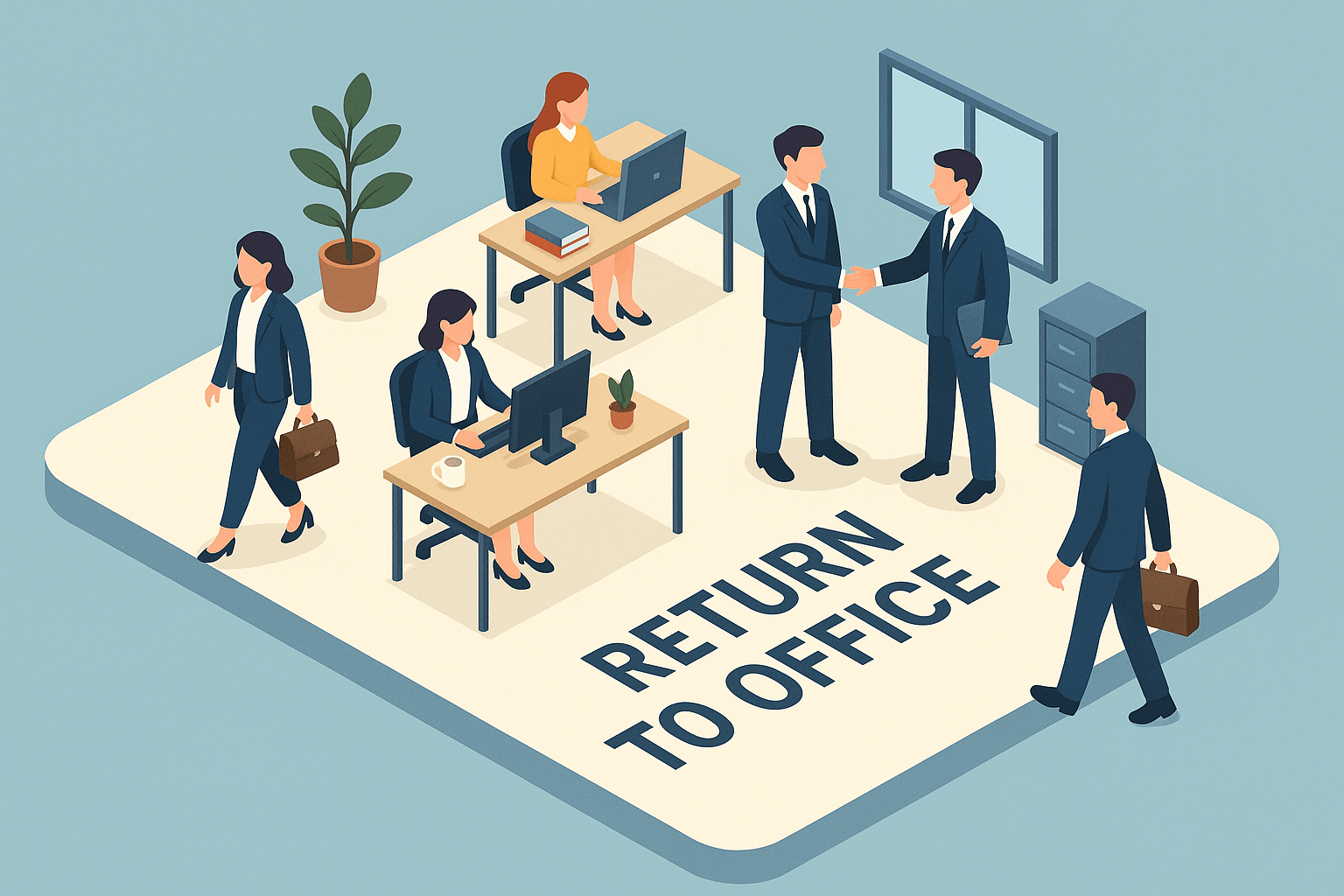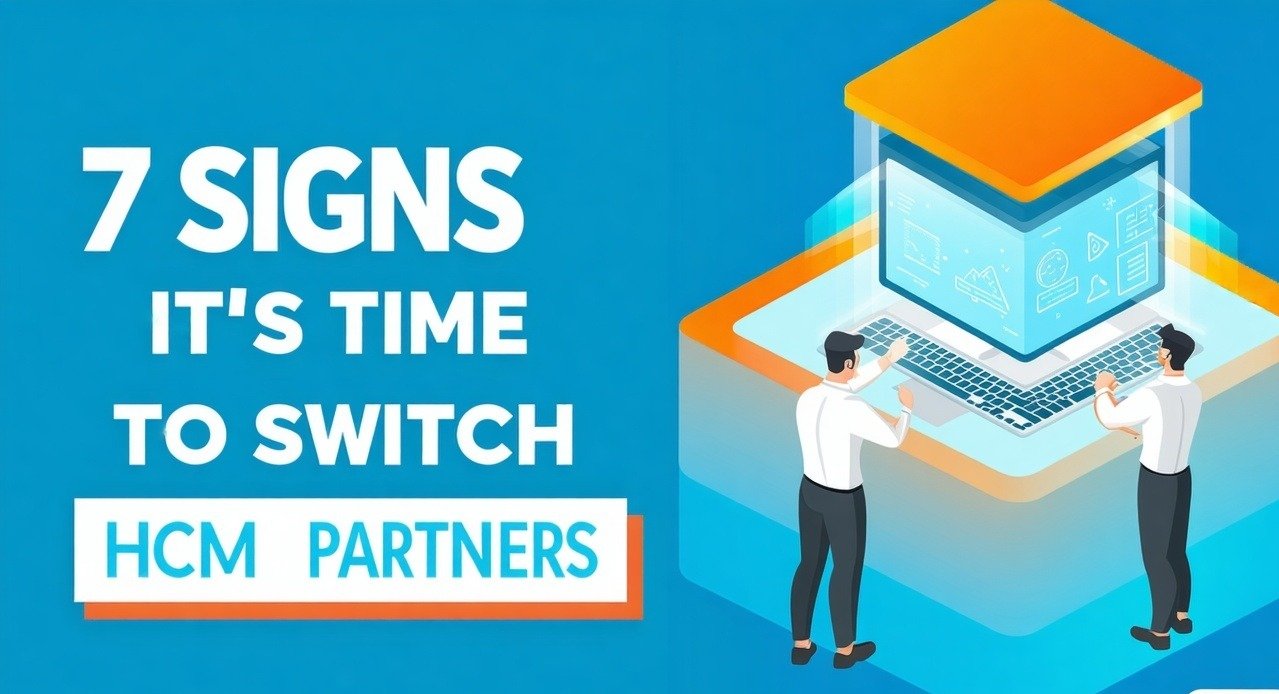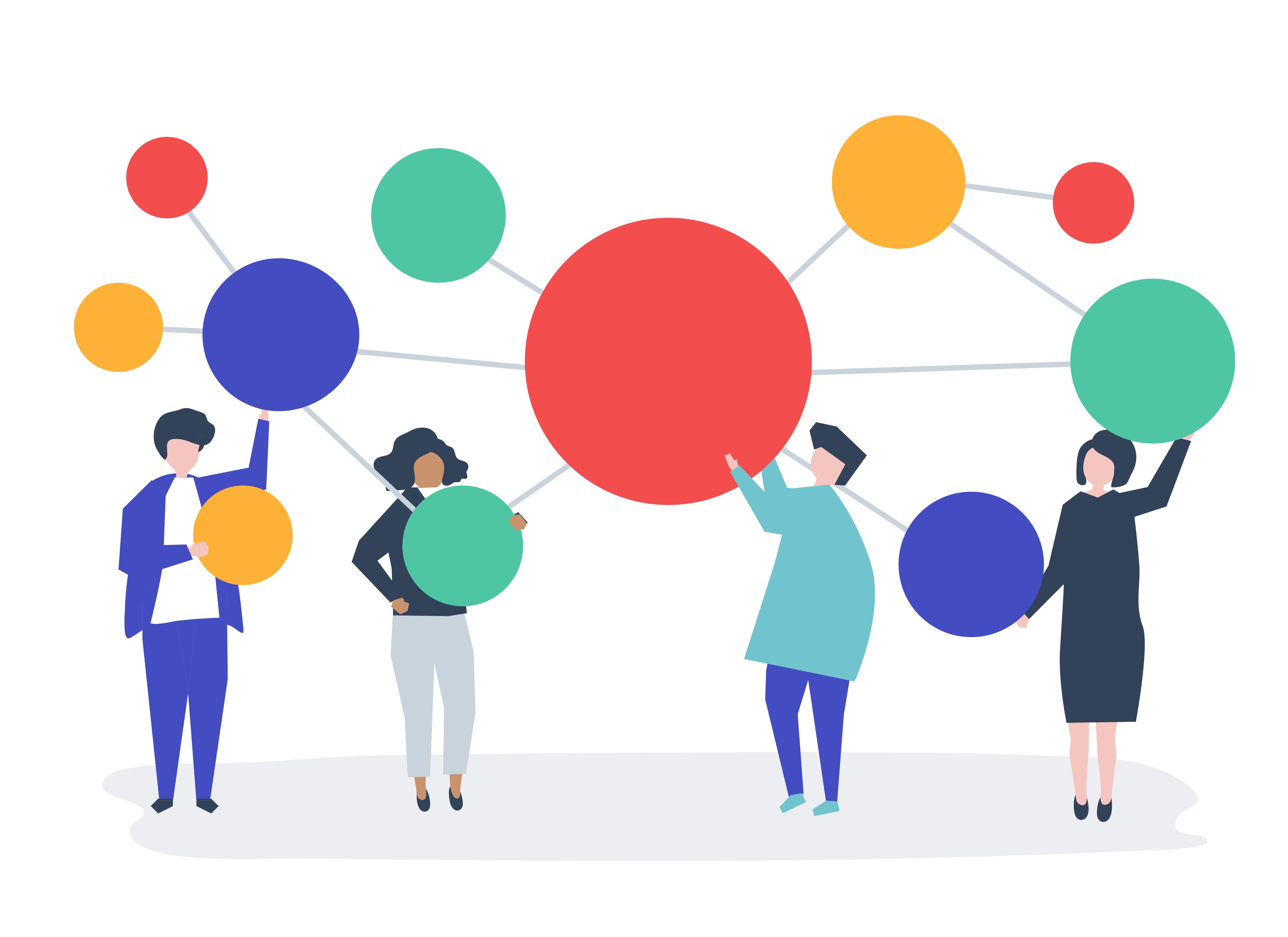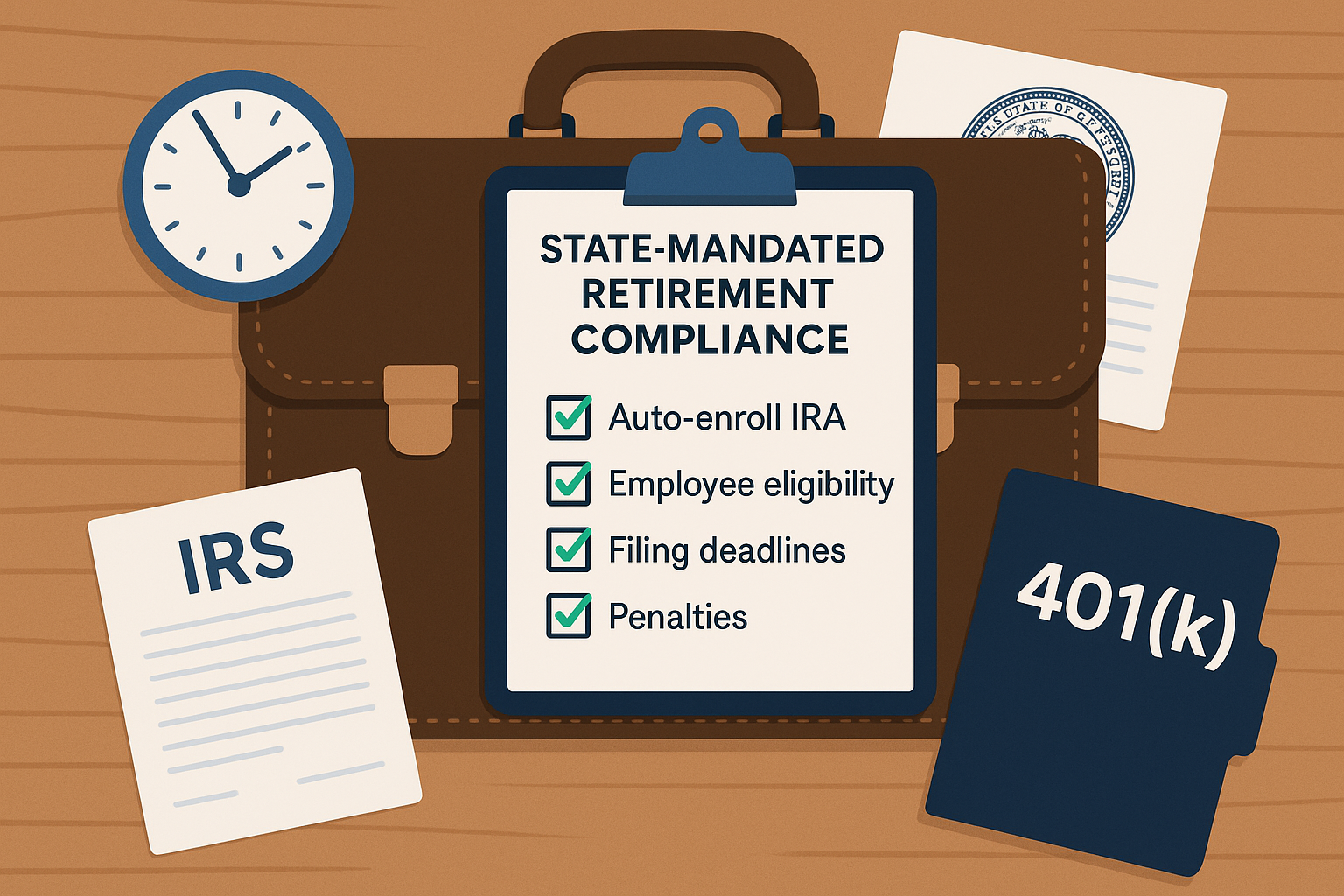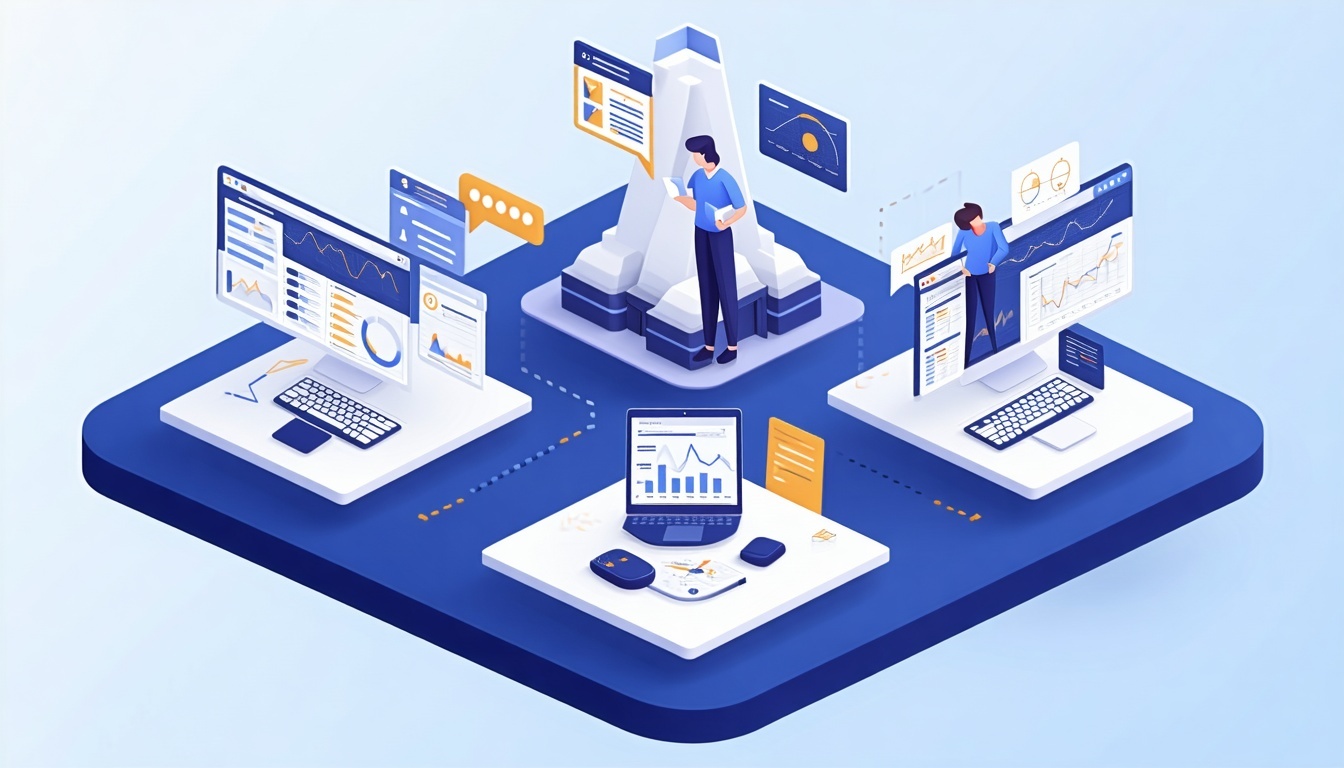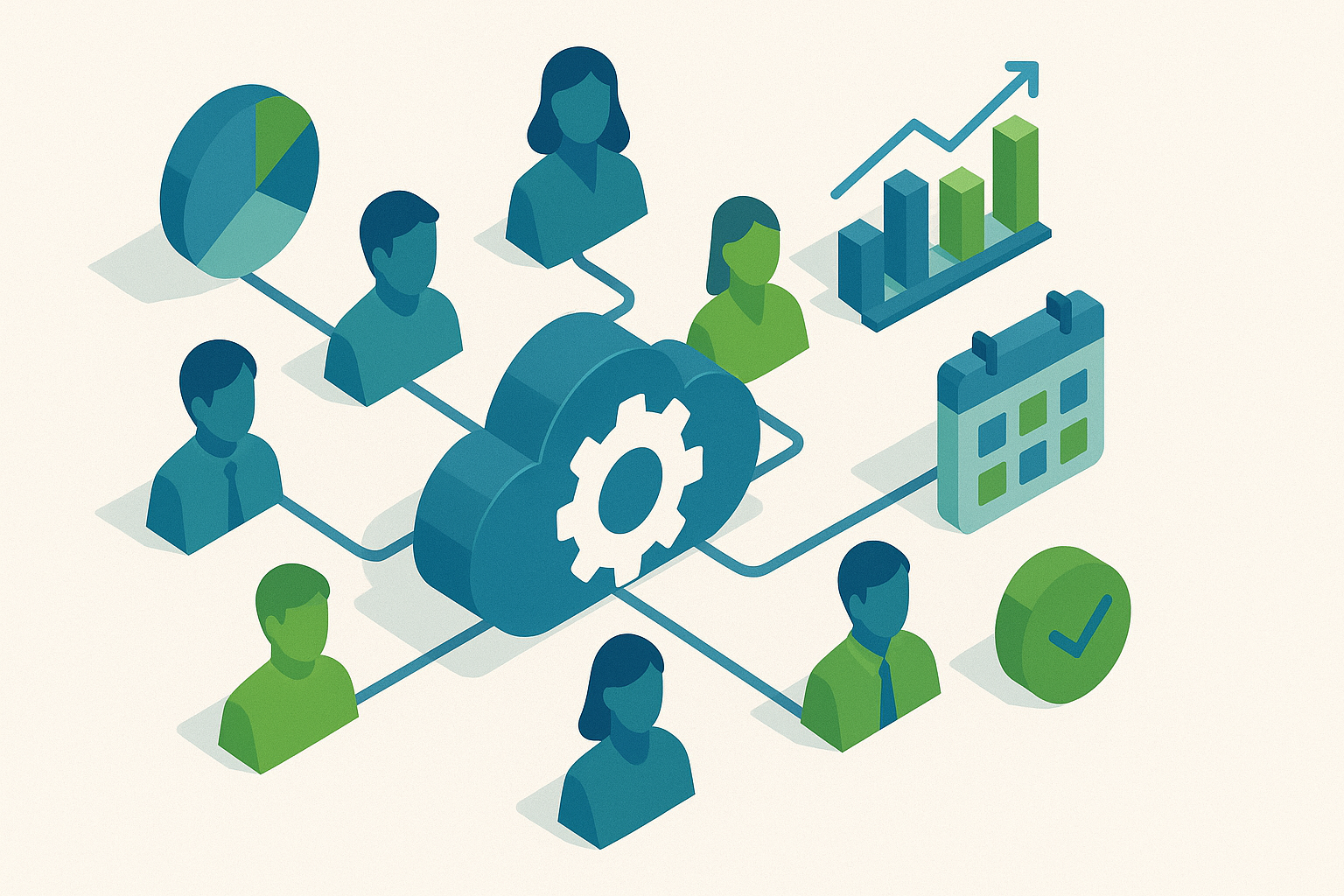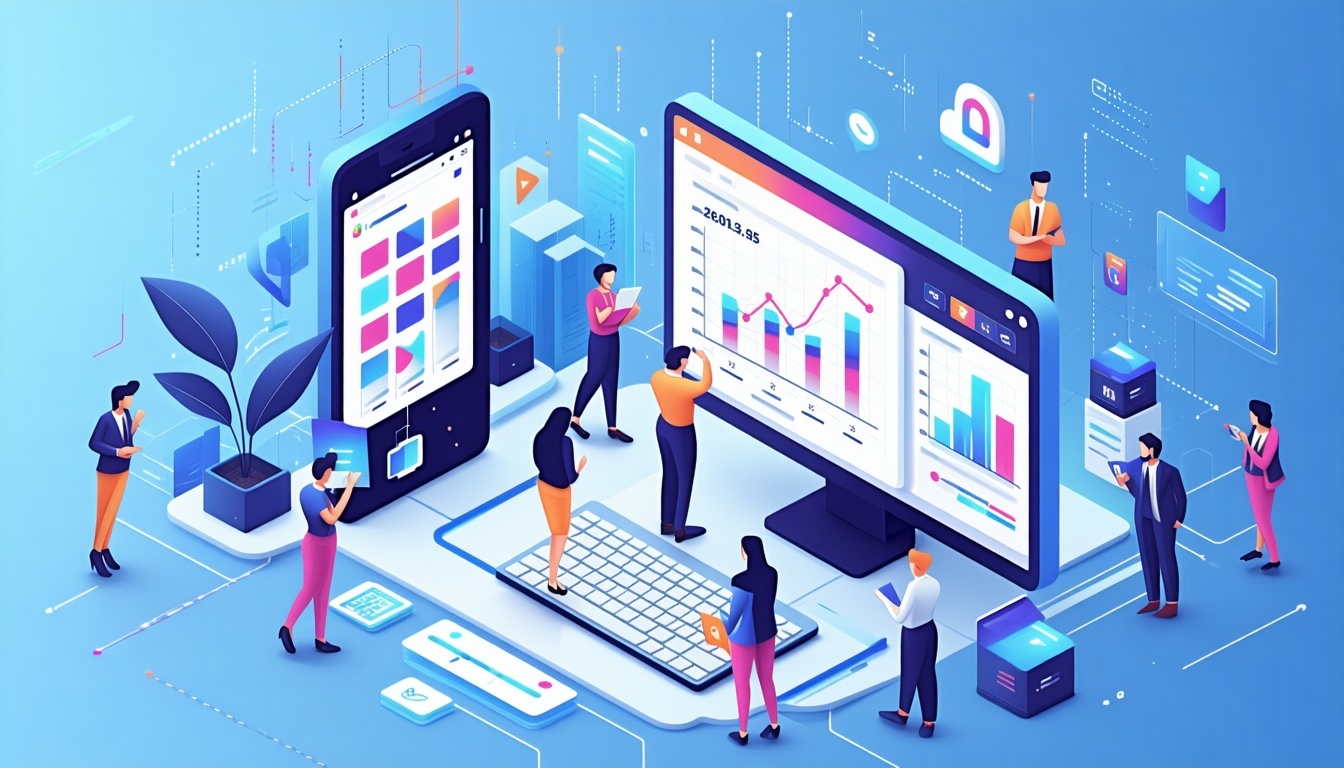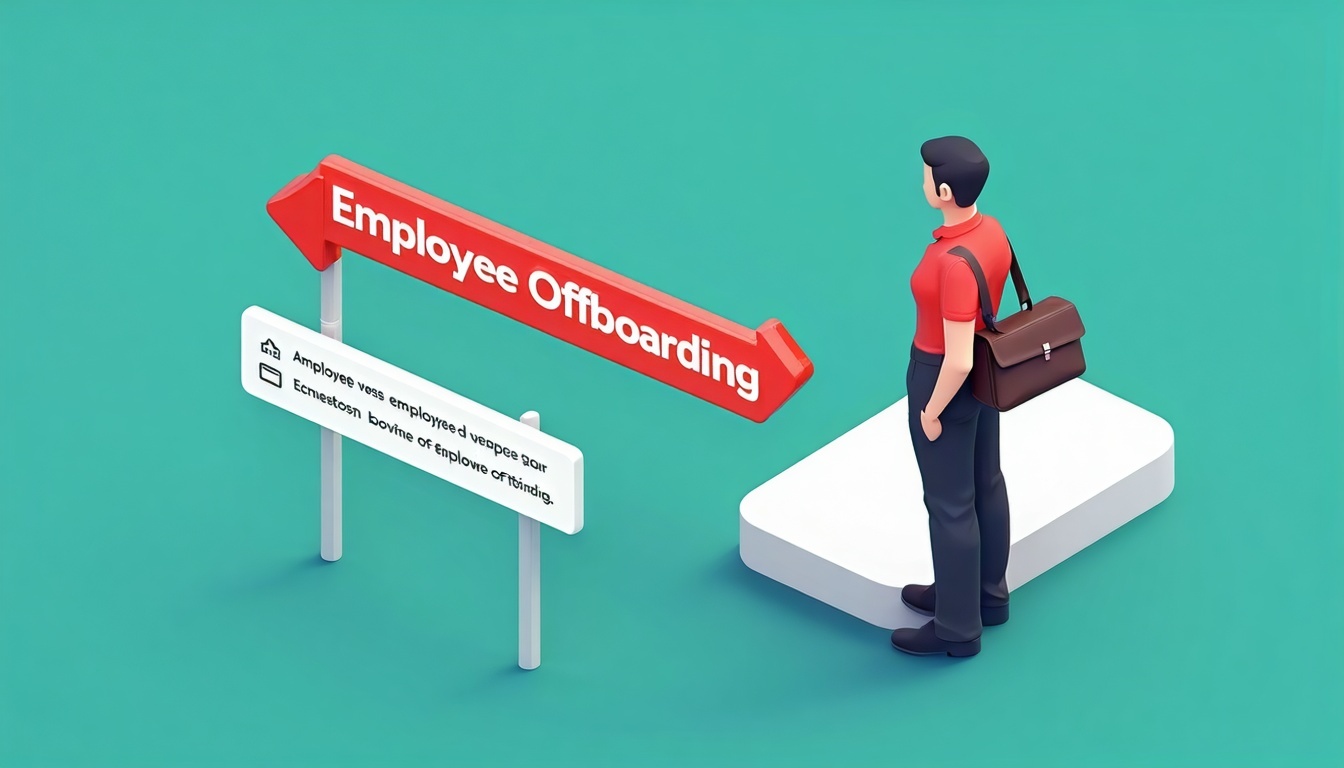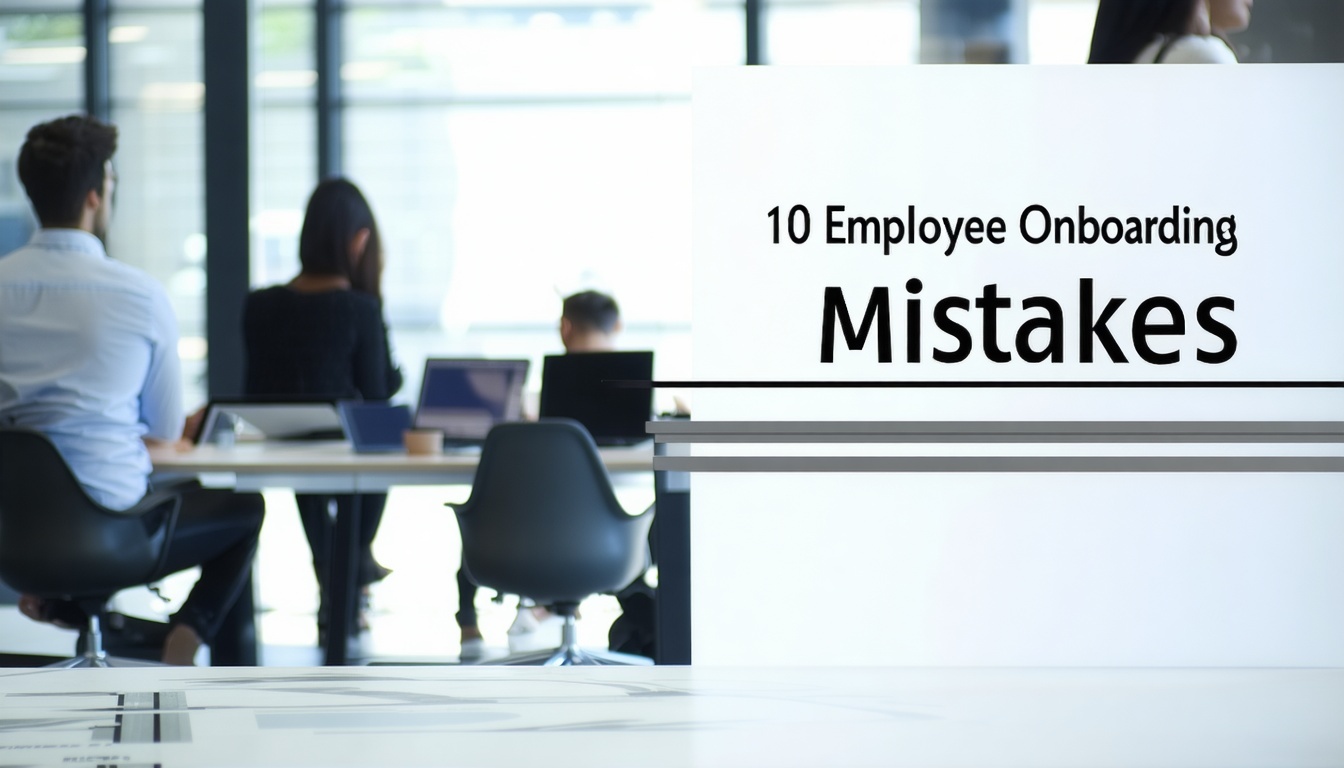Employee Onboarding Best Practices: Boost Retention and Productivity
April 4th, 2025
5 min read

Are you losing great hires within their first 90 days—or worse, watching them disengage after week one? You’re not alone. Many companies invest heavily in recruiting but fail to deliver a consistent, supportive, and structured onboarding process. This gap leads to confusion, poor engagement, and high turnover—ultimately draining productivity and morale.
At Lift HCM, we’ve worked with countless businesses that faced these same challenges. We understand how fragmented onboarding experiences can disrupt employee satisfaction and organizational growth. With years of helping HR leaders streamline processes, boost retention, and ensure compliance, we know what it takes to get onboarding right.
In this article, we’ll break down best practices for a successful onboarding program, covering everything from pre-boarding to measuring success. By the end, you’ll have actionable steps to improve retention, boost productivity, and create a seamless onboarding experience.
Table of Contents
- The Importance of Effective Onboarding
- Pre-Boarding: Setting the Stage For Success
- First Day Experience: Making a Great First Impression
- Training and Development: Equipping New Hires for Success
- Integration into Company Culture: Building Connections
- Continuous Improvement: Evolving Your Onboarding Process
- Common Mistakes to Avoid
- Elevate Your Onboarding Strategy
The Importance of Effective Onboarding
Effective onboarding goes beyond just paperwork and orientation. It helps new hires integrate into the company culture, understand their roles, and build relationships with colleagues. Here are some key benefits:
- Improved Retention: Employees who undergo a structured onboarding program are more likely to stay with the company long-term.
- Increased Productivity: Proper onboarding equips new hires with the tools and knowledge they need to perform their jobs effectively.
- Enhanced Employee Engagement: A positive onboarding experience fosters a sense of belonging and commitment to the organization.
In fact, according to SHRM, organizations with a strong onboarding process improve new hire retention by 82% and productivity by over 70%. Yet, Gallup reports that only 12% of employees strongly agree their organization does a great job onboarding.

Onboarding is your opportunity to say: “We’re glad you’re here, and we’re going to set you up for success.” That sentiment—if backed by action—can turn a first-day employee into a long-term team member!
Pre-Boarding: Setting the Stage For Success
Pre-boarding is the phase between the job offer acceptance and the new hire's first day. This period is crucial for making a positive first impression and ensuring the new hire feels welcomed and prepared.
Key Pre-Boarding Elements:
- Welcome Package: Send a digital or physical welcome kit with essential information and company swag to make new hires feel valued.
- Clear Communication: Provide detailed information about the first day, including schedule, dress code, and required documentation.
- Technology Setup: Arrange for system access, email accounts, and necessary software installations before day one.
- Introduction to Team: Facilitate virtual introductions to key team members prior to the start date.
📊 Stat: Organizations that implement pre-boarding activities see 81% higher new hire retention in the first year (Aberdeen Group Research).
First Day Experience: Making a Great First Impression
The first day sets the tone for the new hire's experience. A well-organized and welcoming first day can make a significant difference in how the new hire perceives the company.
First Day Essentials:
- Warm Welcome: Greet new hires personally and introduce them to their team.
- Workstation Setup: Ensure their workstation is ready with all necessary equipment and supplies.
- Orientation Session: Conduct a comprehensive orientation covering company policies, culture, and values.
- Structured Schedule: Provide a balanced first-day agenda that includes breaks and doesn't overwhelm.
💡 Pro Insight: Avoid scheduling more than 4-5 hours of formal onboarding activities on day one. Information overload leads to poor retention and increased anxiety.
Ideal First Day Schedule
Training and Development: Equipping New Hires for Success
Training and development are critical components of the onboarding process. Providing new hires with the necessary training ensures they have the skills and knowledge to perform their roles effectively.
Effective Training Approaches:
- Role-Specific Training: Provide tailored instruction on job responsibilities and expectations.
- Mentorship Program: Pair new hires with experienced team members for ongoing guidance.
- Learning Pathways: Create clear development roadmaps with milestones for the first 30, 60, and 90 days.
- Microlearning Opportunities: Break complex information into digestible segments to improve retention.
Integration into Company Culture: Building Connections
Integrating new hires into the company culture is essential for fostering a sense of belonging and engagement.
Cultural Integration Strategies:
- Team Building Activities: Organize events that encourage interaction and relationship building.
- Values Reinforcement: Demonstrate how company values translate into everyday behaviors and decisions.
- Regular Check-Ins: Schedule consistent touchpoints to address concerns and provide feedback.
- Cross-Departmental Exposure: Facilitate introductions to stakeholders across the organization.
💡 Pro Insight: The most successful organizations treat cultural onboarding with the same rigor as technical training, with defined objectives and measurable outcomes.
Continuous Improvement: Evolving Your Onboarding Process
Onboarding is not a one-time event but an ongoing process that should be continuously refined based on feedback and outcomes.
Improvement Framework:
- Feedback Collection: Systematically gather input from new hires at 30, 60, and 90-day intervals.
- Metrics Tracking: Monitor key indicators like time-to-productivity, retention rates, and engagement scores.
- Process Optimization: Regularly review and update materials and procedures based on data insights.
- Technology Leverage: Implement digital tools to automate routine aspects and enhance the experience.
📊 Industry Stat: Companies that regularly update their onboarding based on feedback see 16% higher new hire satisfaction rates (Deloitte Human Capital Trends Report).
Common Mistakes to Avoid
Even well-intentioned onboarding programs can falter due to these frequent pitfalls:
1. Information Overload
- The Problem: Overwhelming new hires with excessive information in the first few days
- The Solution: Space out information delivery over time with a strategic content calendar
2. Neglecting Cultural Integration
- The Problem: Focusing exclusively on paperwork and technical training
- The Solution: Intentionally design culture-building activities and relationship development
opportunities
3. Unclear Ownership
- The Problem: Confusion between HR, managers, and departments about onboarding responsibilities
- The Solution: Create detailed RACI matrices for all onboarding activities with clear accountability
4. One-Size-Fits-All Approach
- The Problem: Using identical onboarding for all roles and levels
- The Solution: Develop role-specific journeys with customized content and experiences
5. Premature Conclusion
- The Problem: Ending formal onboarding too quickly (often after the first week)
- The Solution: Extend structured support through the first 90 days with clear milestone transitions
The Problem: Focusing exclusively on paperwork and technical training
The Solution: Intentionally design culture-building activities and relationship development
opportunities
3. Unclear Ownership
The Problem: Confusion between HR, managers, and departments about onboarding responsibilities
The Solution: Create detailed RACI matrices for all onboarding activities with clear accountability
4. One-Size-Fits-All Approach
The Problem: Using identical onboarding for all roles and levels
The Solution: Develop role-specific journeys with customized content and experiences
5. Premature Conclusion
The Problem: Ending formal onboarding too quickly (often after the first week)
The Solution: Extend structured support through the first 90 days with clear milestone transitions
FAQs
Q: How long should the onboarding process last?
A: The formal onboarding process should last at least 90 days, with ongoing support extending beyond this period. Different elements should be emphasized at different stages.
Q: What should be included in a welcome package?
A: An effective welcome package includes a personalized welcome letter, company handbook, branded merchandise, technology setup instructions, and first-day information.
Q: How can I measure the effectiveness of my onboarding process?
A: Track key metrics including new hire retention rates, time-to-productivity, employee satisfaction scores, and completion rates of onboarding milestones.
Elevate Your Onboarding Strategy
A successful onboarding process is essential for retaining top talent and ensuring new hires are set up for success. By implementing the strategic framework outlined above, you can create a welcoming environment that helps employees thrive from day one.
A strong onboarding process is the key to unlocking employee potential, fostering engagement, and driving long-term organizational success. By leveraging Lift HCM's cutting-edge automation tools, you can eliminate inefficiencies, enhance employee satisfaction, and transform your new hire experience into a competitive advantage. If your wondering if your business needs an improved onboarding process, check out 5 Signs It's Time to Rethink Your Onboarding.
Transform Your Onboarding Experience Today: Don't let outdated onboarding practices undermine your recruitment investments. Experience the Lift HCM difference today and transform your employee integration process. Contact us now to see how our all-in-one HR solutions can streamline your onboarding and set your employees up for success from day one.
Join the hundreds of companies that have revolutionized their onboarding with Lift HCM!
Caitlin Kapolas is a results-driven professional with a strong background in account management and retail. She is dedicated to improving client experiences and building lasting relationships. Caitlin excels in identifying client needs, resolving issues, and implementing customized solutions that drive value. Her effective communication skills ensure high client satisfaction and loyalty, making her a trusted advisor and partner in meeting client needs with precision and professionalism.









.png?width=473&height=315&name=Digital%20Employee%20Experience%20DEX%20in%20HCM-21%20(1).png)

